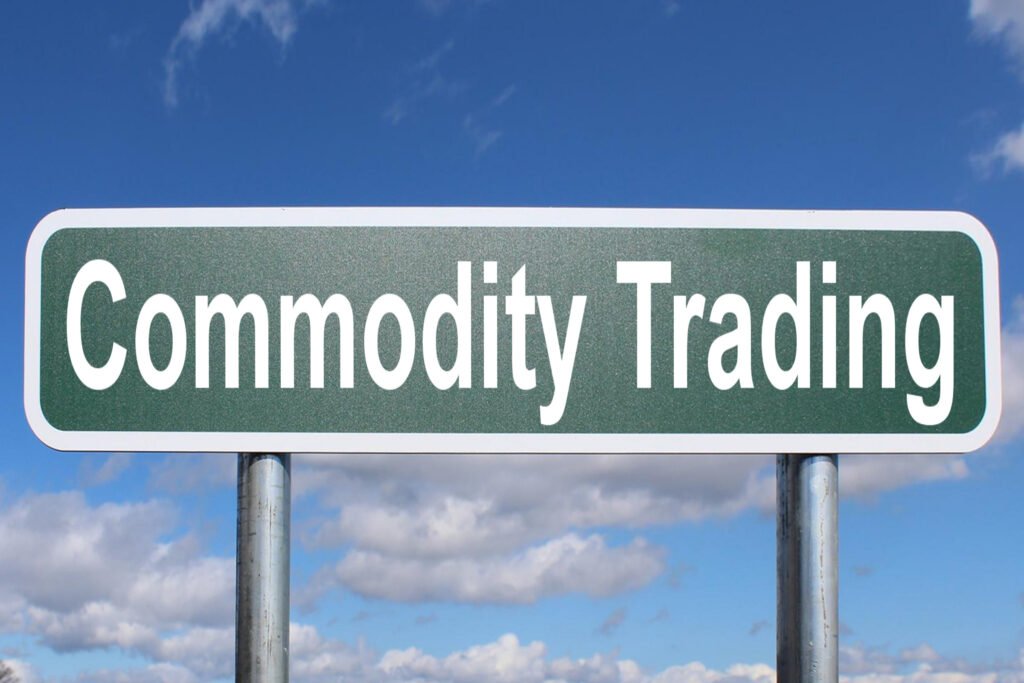Commodity Trading: Understanding the Basics
In the intricate world of global trade and commerce, commodity trading stands as a cornerstone, facilitating the exchange of essential resources that fuel industries, drive production, and underpin daily life. Commodity ag prices, in particular, play a pivotal role in shaping the agricultural sector and influencing the food security of nations.
What is Commodity Trading?
Commodity trading is the buying and selling of raw materials, typically on organized exchanges or through over-the-counter (OTC) transactions. These commodities, such as crude oil, precious metals, and agricultural products, are fungible goods, meaning they are interchangeable and uniform in quality, making them easier to trade and price. The prices of commodities are determined by the interplay of global supply and demand, fluctuating in response to various factors, including weather patterns, geopolitical events, and economic policies.
Types of Commodities Traded
Commodities are generally classified into two broad categories: hard commodities and soft commodities. Hard commodities are natural resources extracted from the earth, such as crude oil, precious metals, minerals, and gemstones. Soft commodities, on the other hand, are agricultural products, including grains, coffee, cocoa, and cotton.
Key Players in Commodity Trading
The commodity trading landscape involves a complex network of players, from producers and consumers to traders, brokers, and investors.
- Producers: These are the companies or entities that extract or cultivate the raw materials, such as oil companies, mining corporations, and agricultural producers.
- Consumers: These are the entities that utilize the raw materials as inputs for their production activities, such as manufacturers, food processors, and energy companies.
- Traders: They act as intermediaries between producers and consumers, buying and selling commodities on the markets, often taking ownership of the goods and managing the physical logistics.
- Brokers: They facilitate transactions between buyers and sellers, ensuring market transparency and efficiency. They do not take ownership of the commodities but charge commissions for their services.
- Investors: They speculate on the future prices of commodities, using financial instruments such as futures and options contracts. They do not intend to take physical delivery of the goods but aim to profit from price movements.
Methods of Commodity Trading
Commodities can be traded physically or financially.
- Physical Trading: This involves the actual delivery of the commodity from the producer to the consumer. It is common for bulk commodities like grains, oil, and metals.
- Financial Trading: This involves the exchange of contracts that represent ownership of the commodity, rather than the physical goods themselves. Futures contracts and options contracts are examples of financial instruments used for commodity trading.
Impact of Commodity Trading on the Global Economy
Commodity trading plays a crucial role in the global economy, influencing various aspects of production, consumption, and economic growth.
- Supply and Demand Dynamics: It helps balance supply and demand for essential resources, ensuring that industries have the raw materials they need to operate and that consumers have access to essential goods.
- Price Volatility and Risk Management: It introduces price volatility, which can be both a challenge and an opportunity. Hedging strategies and risk management tools are employed to mitigate risks and protect against adverse price movements.
- Economic Growth and Development: It contributes to economic growth by providing the resources needed for industrial expansion, infrastructure development, and technological advancements.
- Impact on Consumers: Commodity prices have a direct impact on consumer spending, as they influence the costs of goods and services. Fluctuations in commodity prices can affect inflation rates and purchasing power.
Future of Commodity Trading
As the world grapples with resource scarcity, environmental concerns, and technological innovations, the future of commodity trading is poised for significant transformation.
- Sustainability and Environmental Impact: Environmental considerations are gaining prominence, influencing the demand for renewable energy sources, sustainable agricultural practices, and ethically sourced commodities.
- Technological Advancements: Technological innovations, such as blockchain technology, artificial intelligence, and big data analytics, are transforming the commodity trading landscape, enhancing efficiency, transparency, and risk management.
- Geopolitical Dynamics: Geopolitical tensions and trade disputes can disrupt supply chains and influence commodity prices, requiring adaptability and strategic decision-making.
Conclusion
Commodity trading is an intricate and dynamic aspect of the global economy, underpinning production, consumption, and economic growth. Understanding the fundamentals of commodity trading is essential for businesses, investors, and policymakers navigating the global markets and making informed decisions. As the world evolves, commodity trading will continue to adapt, shaped by technological advancements, environmental considerations, and geopolitical dynamics.















